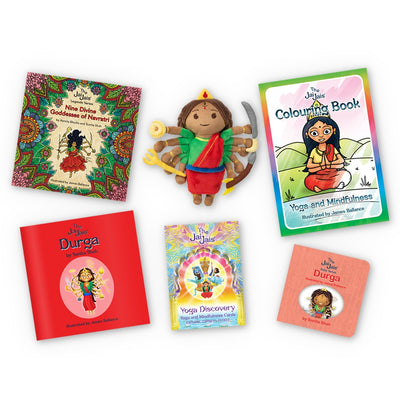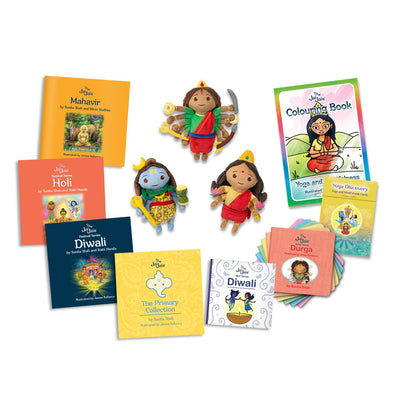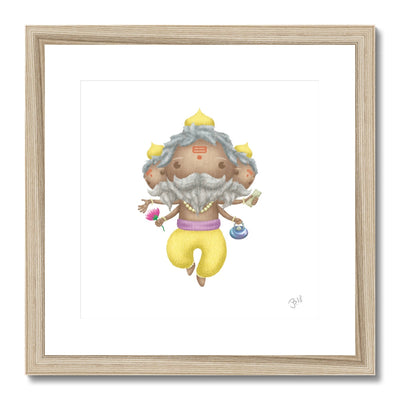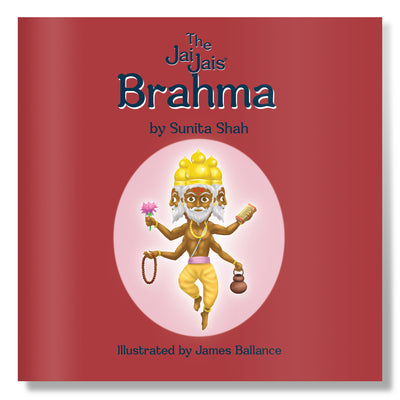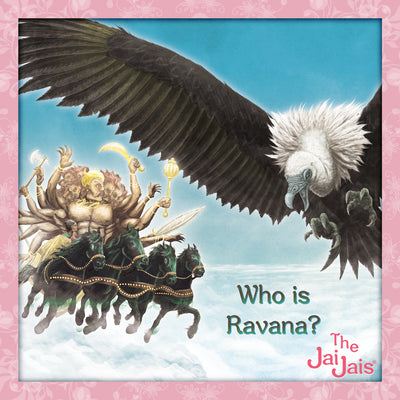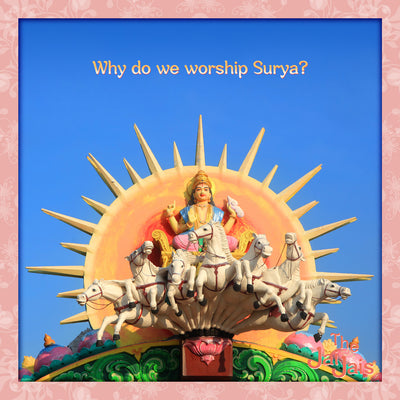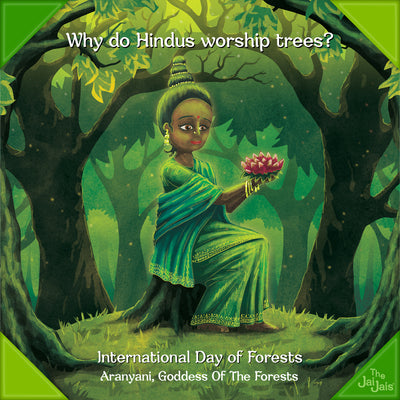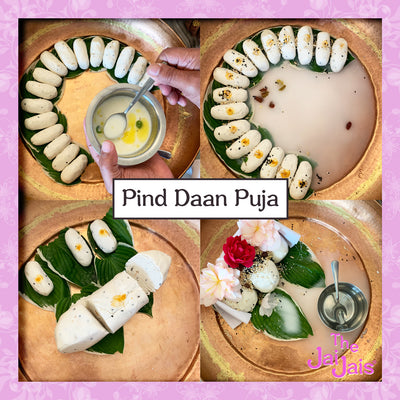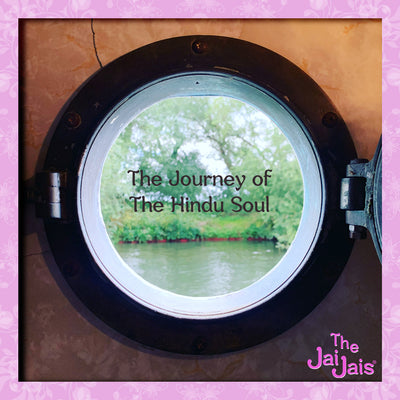The most ancient sacred texts of the Hindu religion are written in Sanskrit and called the Vedas.
Hinduism does not just have one sacred book but several scriptures. The Vedas scriptures guide Hindus in their daily life. They also help to preserve the religious dimensions of family and society. Hindus have developed their system of worship and beliefs from the scriptures.
There are two main categories of the Hindu scriptures:
Shruti-"That which is heard", consists of the four Vedas and Upanishads scriptures.
Smriti-"That which is remembered", composed of traditional texts, including the Dharma Shastras (legal and ethical texts), the Puranas, and the folk/historical legends known as the Mahabharata and Ramayana.
The Hindu Holy Scriptures are mainly comprised of the following works written in the Sanskrit language:
- The Vedas Reg-Veda (Rigveda), Yajur-Veda, Sama-Veda, Atharva-Veda
- The Upanisadas - These consider the nature of the individual soul (Atman) and the universal soul (Brahman.) One of the Upanishads contains the earliest reference to the reincarnation of the soul in different bodies of the soul.
- The Smrutis - Tradition are the Laws of Manu (250 BC)
- Ramayana - Contains the story of Rama and his devoted wife Sita. She is kidnapped by the demon king Ravana but is later freed by Rama with the help of the monkey god Hanuman. The poem is about how good will always triumph over evil.
- Mahabharata - An epic poem telling the story of a war between two branches of a family. The Bhagavad-Gita forms part of this and means "The Song of God."
- The Puranas - A collection of ancient tales about the different incarnations and the lives of saints.
What are the Vedas?
The Vedas are the oldest religious texts in Hinduism. The word Veda means knowledge. It is believed that the Vedas were orally revealed by Brahma to certain sages, who heard them and passed them down in an oral tradition. They were not written down; in fact this was prohibited. Because of this earliest oral tradition continuing even now when the Vedas are available in the written form, the Vedas are still known to be Sruti or shruti - ' that which is heard '.
The Vedas are mainly comprised of hymns or mantras written in the Sanskrit language. They cover various subjects, from nature to everyday life and behaviour, and form the basis of all other religious writings. The books are so special that they are often kept in glass cases.
The Four Vedas are:
Rg-Veda (Rigveda) - The oldest and holiest Veda.
Yajur-Veda
Sama-Veda
Atharva-Veda
Each Veda is divided into four sections:
The Samhitas - The oldest portion - Contains the mantras and hymns The Brahmanas - The ritualistic teachings - They are written in prose and explain the hymns. The Aranyakas - The meditational section
The Upanishads - The mystic and philosophical. They consider the nature of the individual soul (Atman) and the universal soul (Brahman.) One of the Upanishads contains the earliest reference to the reincarnation of the soul in different bodies (transmigration) of the soul.
The Vedas are the law. Most beliefs, concepts, and ceremonies are based on information contained in the Vedas.
Which ones have you read?


